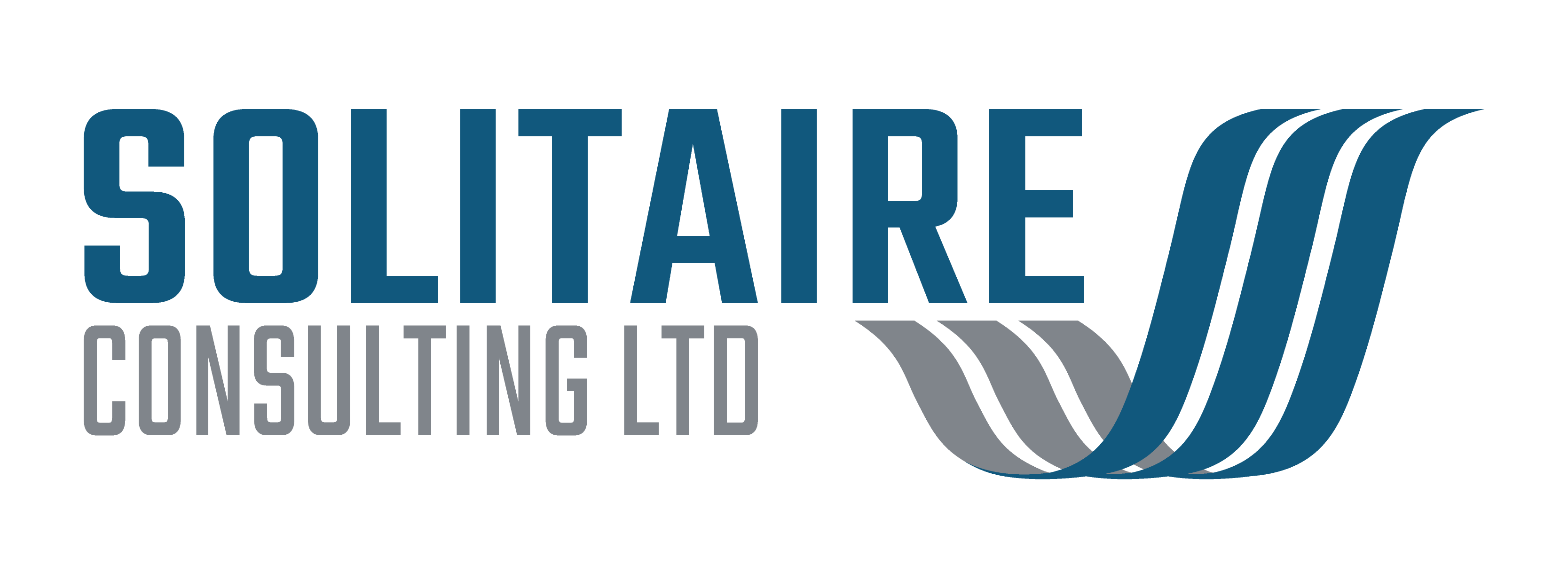The OGC have recently released new guidance on Management of Portfolios (for an explanation of a Portfolio see one of my earlier posts on Projects, Programmes and Portfolios).
To be successful, organisations must evolve and this means improving how they run their business on a daily basis (business as usual) and adapting to emerging demands and expectations. Portfolio management helps organisations make decisions about implementing the right changes to business as usual; those changes are delivered via projects and programmes. It also provides a ‘helicopter view’ of all change activities – both those in planning and those in delivery – including providing a clear line of sight about what is in the portfolio, what it is costing, what risks are faced, what progress is being made, and with what impact on business as usual and the organisation’s strategic objectives.
Rather than representing a new discipline, portfolio management seeks to build on, and better co-ordinate, existing processes such as strategic planning, investment appraisal and project and programme management. Portfolio management is not concerned with the detailed management of these projects and programmes; rather, it approaches the management of change projects and programmes from a strategic viewpoint, focusing on the key issues outlined above. This is reflected in the following formal definition for portfolio management, which is:
A co-ordinated collection of strategic processes and decisions that together enable the most effective balance of organisational change and business as usual.
Portfolio management can be used effectively within specific directorates of the organisation – for example, the ‘IT portfolio’. However, the greatest success is realised when management boards use portfolio management to deliver the organisation’s corporate change portfolio as a whole.
Portfolio management addresses the fundamental questions:
- Are we doing the right things?
- Are we doing these things right?
- Most significantly, are we realising all the benefits in terms of more effective services and efficiency savings from the changes we are implementing?
The mechanisms by which these questions are answered are incorporated in the model shown below. This model brings together the key activities required to successfully define and deliver a portfolio of change whilst ensuring resources are used efficiently.

Read the MoP overview brochure here.




